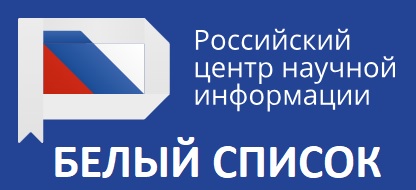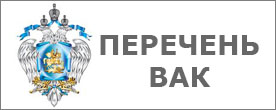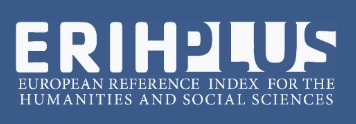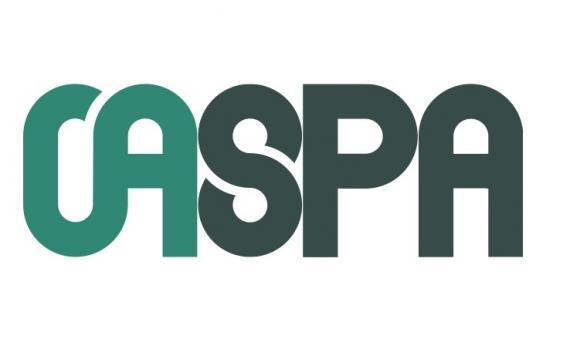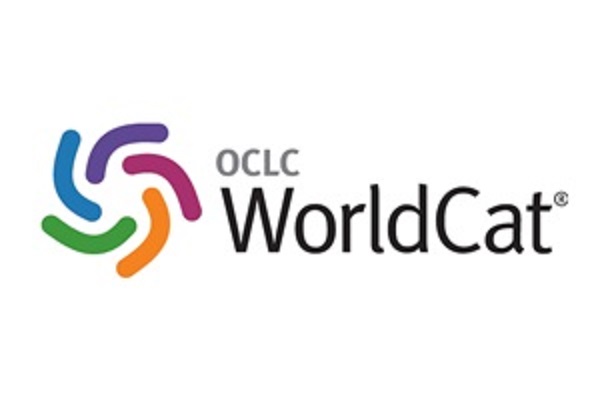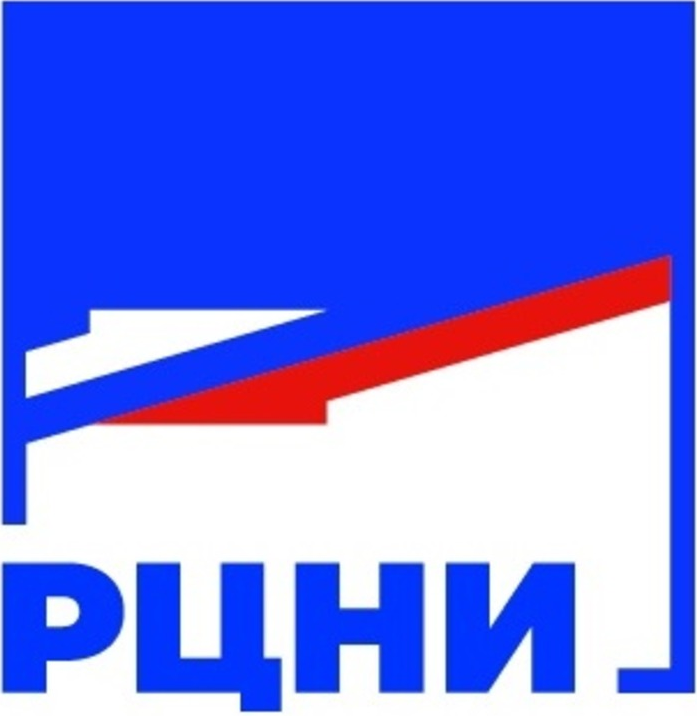Original article
https://doi.org/10.15507/2076-2577.017.2025.03.280-292
https://elibrary.ru/qnfxzx
УДК / UDC 811.161.1’37:811.111:811.511.111
Structural and Semantic Analysis of English and Finnish Idioms with a Coloronym Component: Comparative Aspect
N. M. Mosina, N. G. Komissarova
National Research Mordovia State University, Saransk, Russian Federation
Abstract
Introduction. The article presents a comparative study of the structural and semantic properties of idiomatic expressions containing a color component (coloronym) in English and Finnish. The relevance of the work is determined by the insufficient study of color perception in cognitive linguistics with respect to this pair of unrelated languages. The aim of the research is to describe the structural and semantic properties and to identify the common features and distinctive characteristics of idiomatic constructions in the English and Finnish languages.
Materials and Methods. The object of the study consists of idiomatic expressions with a coloronym component in the English and Finnish languages. Both general scientific methods (description, classification, systematization, and analysis) and specialized linguistic methods of structural and semantic, componential, and comparative analysis were applied in the work, which made it possible to describe the structural and semantic characteristics of idioms; identify the frequency of coloronyms; determine the basic color categories; and construct a classification according to semantic category groups.
Results and Discussion. The article presents the analysis of the structural and semantic characteristics of idiomatic expressions with a color component in English and Finnish containing a color feature. A total of 283 English and 149 Finnish idiomatic units with a color-related component have been identified. A predominance of achromatic (black, white) and primary chromatic (red, green) color components has been established. A classification of idioms based on the categorical characteristics of a noun, verb, adjective, adverb as well as modality has been developed showing the dominance of nominal groups in both languages. The main function of color idioms is to describe people, objects, phenomena, and abstract concepts.
Conclusion. The results demonstrate both symmetry (the universal perception of basic colors) and asymmetry of the lexical systems under study, contributing to the theory of phraseology and cross-cultural research in color semantics. The research materials may be useful in the compilation of comparative phraseological dictionaries of English and Finnish, as well as in the preparation of scholarly works on the lexicology of the languages studied.
Keywords: the English language, the Finnish language, coloronym, idiom, color designation, structure, semantics
Conflict of interest: The authors declare no conflict of interest.
For citation: Mosina N.M., Komissarova N.G. Structural and Semantic Analysis of English and Finnish Idioms with a Coloronym Component: Comparative Aspect. Finno–Ugric World. 2025;17(3):280‒292. https://doi.org/10.15507/2076-2577.017.2025.03.280-292
REFERENCES
- Davies I.R.L., Corbett G.G. A Practical Field Method for Identifying Basic Colour Terms. Languages of the World. 1995;(9):25–36.
- Davies I.R.L., Corbett G.G. The Basic Color Terms of Russian. Linguistics. 1994;32(1):65–89. https://doi.org/10.1515/ling.1994.32.1.65
- Davies I.R.L., Corbett G.G., Margalef J.B. Colour Terms in Catalan: An Investigation of Eighty Informants, Concentrating on the Purple and Blue Regions. Transactions of the Philological Society. 1995;(93):17–49. Available at: https://clck.ru/3MzXfj(accessed 02.03.2025).
- Kargina E.M. Structural and Stylistic Features of German Phraseological Units with a Coloronym Component. Bulletin of Chelyabinsk State University. 2024;(1):5–11. (In Russ., abstract in Eng.) Available at: https://journals.csu.ru/index.php/BulletinCSU/article/view/1994-2796-2024-483-1-12-21 (accessed 04.03.2025).
- Sutrop U. Eesti keele põhivärvinimed. Keel ja Kirjandus. 1995;(12):797–808. (In Est.)
- Sutrop U. The Basic Colour Terms of Estonian. Trames. 2000;4(2):143–168. https://doi.org/10.3176/tr.2000.2.03
- Bogatkin-Uusküla M., Sutrop U. Tänapäeva ungari keele põhivärvinimed. Keel ja Kirjandus. 2005;(7):558–570. (In Est.) Available at: https://www.ceeol.com/search/article-detail?id=4240 (accessed 02.03.2025).
- Avagyan N., Nersisyan N. The Perception of Black and White in English and Armenian Idioms. Armenian Folia Anglistika. 2024;20(1):142–152. https://doi.org/10.46991/AFA/2024.20.1.142
- Özgen E., Davies I.R.L. Turkish Color Terms: Tests of Berlin and Kay’s Theory of Color Universals and Linguistic Relativity. Linguistics. 1998;(36):919–956. https://doi.org/10.1515/ling.1998.36.5.919
- Davies I.R.L., Davies Ch., Corbett G.G. The Basic Colour Terms of Ndebele. African Languages and Cultures. 1994;7(1):36–48. https://doi.org/10.1080/09544169408717774
- Uusküla M. Distribution of Colour Terms in Ostwald’s Colour Space in Estonian, Finnish, Hungarian, Russian and English. Trames. 2006;10(2):152–168. https://doi.org/10.3176/tr.2006.2.04
- Uusküla M., Sutrop U. Preliminary Study of Basic Colour Terms in Modern Hungarian. Linguistica Uralica. 2007;43(2):102–123. https://doi.org/10.3176/lu.2007.2.04
- Turunen R. Die Farbbezeichnungen im Mokscha-Mordwinischen. Finnisch Ugrische Forschungen. 2002;(57):167–194. (In Germ.)
- Tsybina L.V., Komissarova N.G., Zinovev Y.V. Structural and Semantic Types of Phraseological Units with a Body Part Component. Russian Linguistic Bulletin. 2023;(4):1‒7. (In Russ., abstract in Eng.) https://elibrary.ru/ildppc
- Vodyasova L.P. [Phraseological Symbols with the Meaning of “Parts of the Human Body” in Russian and Erzya]. NovaInfo. 2016;(54):146–150. (In Russ.) Available at: https://novainfo.ru/article/8524 (accessed 02.03.2025).
- Drigalova E.D., Mosina N.M. Phraseological Units with Somatism “Pää” / “Head” in Finnish and Russian Languages: A Comparative Analysis. Ogarev-online. 2017;5(8):1‒5. (In Russ., abstract in Eng.) Available at: https://ogarev-online.ru/2311-2468/article/view/283210 (accessed 02.03.2025).
- Mosina N.M., Kazaeva N.V. Semantic Characteristics and Features of Phraseological Units with Component-Somatism fej / pää / пря ‘Head’ in the Hungarian, Finnish and Moksha Languages. Finno-Ugric World. 2017;(3):39–46. (In Russ., abstract in Eng.) Available at: https://csfu.mrsu.ru/ru/archives/2023 (accessed 02.03.2025).
- Alieva P.G. Color Code of Culture in Phraseological Units of Different Languages. The World of Science, Culture and Education. 2023;(3):344–346. (In Russ., abstract in Eng.) https://doi.org/10.24412/1991-5497-2023-3100-344-346
- Baluyan S.R., Tsys A.A. Achromatic Colour Terms in Ideomatic Expressions: A Comparative Survey of Russian, English and German. Proceedings of Voronezh State University. Ser.: Linguistics and Intercultural Communication. 2023;(3):57–67. (In Russ., abstract in Eng.) Available at: https://journals.vsu.ru/lic/article/view/11456 (accessed 04.03.2025).
- Shumbasova S.S. [Phraseological Units with the Component Coloronym “Black” and “White” in English and German: A Typological Study]. Kazanskaya nauka. 2024;(6):224–226. (In Russ.) https://elibrary.ru/iofdlc
- Zolnikova Yu.V. [Color Designations in the Phraseological Worldview of the German and Russian Languages]. Bulletin of Chelyabinsk State University. 2009;(30):88–93. (In Russ.) Available at: https://cyberleninka.ru/article/n/tsvetooboznacheniya-vo-frazeologicheskoy-kartine-mira-nemetskogo-i-russkogo-yazykov (accessed 02.03.2025).
Information about the authors:
Natalya M. Mosina, Dr.Sci. (Philol.), Professor of the Department of English for Professional Communication, National Research Mordovia State University (68 Bolshevistskaya St., Saransk 430005, Russian Federation), ORCID: https://orcid.org/0000-0003-1742-5438, SPIN-code: 2575-6811, natamish@rambler.ru
Natalya G. Komissarova, Cand.Sci. (Philol.), Associate Professor of the Department of the English language for Professional Communication, National Research Mordovia State University (68 Bolshevistskaya St., Saransk 430005, Russian Federation), ORCID: https://orcid.org/0000-0001-7236-4530, SPIN-code: 4214-9203, natakomis@mail.ru
Authors’ contribution:
N. M. Mosina – ideas; formulation or evolution of overarching research goals and aims; development of methodology; conducting a research and investigation process, specifically performing the data; preparation and creation of the published work, specifically writing the initial draft (including substantive translation).
N. G. Komissarova – manuscript creation and preparation: critical analysis of the manuscript draft, incorporation of comments and revisions by members of the research team, including at both pre-publication and post-publication stages.
All authors have read and approved the final manuscript.
Submitted 30.04.2025; revised 14.07.2025; accepted 21.07.2025.



